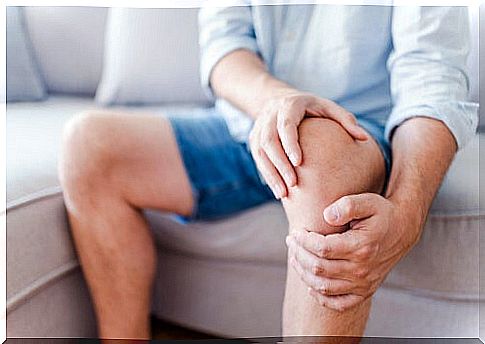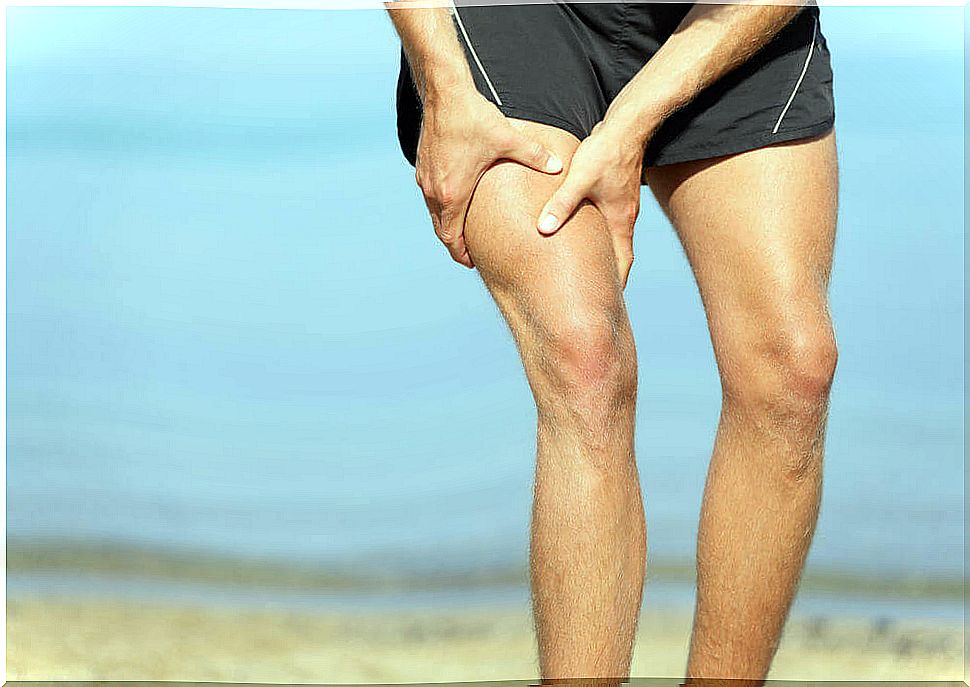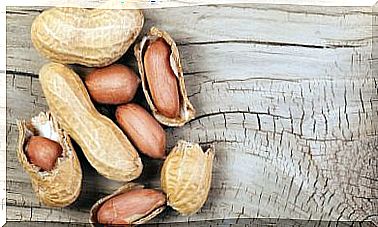Why Does Osteoarthritis Cause Knee Pain?
Osteoarthritis or osteoarthritis “wear and tear” is a systemic and degenerative disease that can affect any joint in the human body. It often develops from wear and tear on the protective cartilage at the ends of the bones. Does Osteoarthritis Cause Knee Pain?
Although there are several conditions and injuries that can affect the ailments of this joint, osteoarthritis is the chronic pathology that affects it the most. In fact, one of the most common forms of this disease is known as knee osteoarthritis.
Its appearance is frequent in middle and elderly people, being one of the main reasons for disability. However, a number of therapies and treatments are available to help cope with pain even though there is no definitive cure for the underlying progressive process.
What is knee osteoarthritis and why does it cause pain?

To understand why osteoarthritis causes knee pain, it is important to address the development of this pathology on the joint. Although any part of the body can be affected, a large number of cases result from the deterioration of the cartilage that covers the bones that are part of the knees.
The articular cartilages are soft and slippery tissues that have the function of covering, protecting and cushioning the ends of the bones of the knee. Therefore, when worn or damaged, this joint loses its ability to flex and move normally.
In addition, since an inflammatory process originates, it triggers episodes of chronic pain that increase over time. Therefore, if the person does not follow a treatment to slow its progression, over the years their movements are limited and they suffer more severe symptoms.
How is knee osteoarthritis classified?
Osteoarthritis causes knee pain according to its stage of development. Therefore, when making a diagnosis , the three ways in which the disease is classified are taken into account. A person can have the following types of knee osteoarthritis:
Mild knee osteoarthritis
Patients with this type of osteoarthritis only have discomfort after great physical exertion. On the other hand, when taking a plain X-ray of the knee, no obvious alterations are still shown.
Moderate knee osteoarthritis
In this case there are already some noticeable changes when a knee X-ray is performed. Pain episodes occur after standing for a long time or doing moderate exercise. Also, symptoms appear and reappear several times a year.
Severe knee osteoarthritis
When it reaches a state of severity, osteoarthritis causes prolonged knee pain, even after light exertion. Usually, patients feel stiffness and pain in the first 20 minutes of the day, although the symptom diminishes as the hours go by.
At this point there are several episodes of joint effusion with the inflamed knee. Consequently, episodes of pain are more frequent and can affect the ability to move. Obvious signs of cartilage deterioration can be seen on the radiograph .

Symptoms of knee osteoarthritis
The symptoms of a patient with osteoarthritis can vary according to the degeneration of the cartilage. However, at a general level, its clinical manifestations are pain, inflammation and functional impotence. This last symptom is the inability of the person to execute all the degrees of movement of the knee.
The inflammation, which in turn is the reason why osteoarthritis causes knee pain, occurs because of excess synovial fluid inside the joint. Then, by preventing the normal support of the affected lower limb, it limits its movements and reduces the quality of life. In summary, symptoms can include:
- A pain that increases in the morning and decreases after a period of “warm-up” of the knee.
- Feeling of stiffness after periods of inactivity.
- Prolonged pain processes after bending the knees (for example when sitting for a long time).
- Intense pain that increases with movement.

Why is it important to receive a timely diagnosis?
It is essential to keep in mind that all types of osteoarthritis get worse over time. Therefore, the faster the diagnosis, the better the prognosis and the results of the treatment. The doctor may recommend a series of X-rays to confirm this disease.
Through these tests, it is possible to verify how great the cartilage damage is and if the joint space that separates the bones of the knee has decreased. Once analyzed at what level of development the problem is, the professional can suggest:
- Lifestyle changes (diet and low-impact physical activity)
- Exercises with the physiotherapist
- Weight loss in case of overweight and obesity
- Use of pain reliever and anti-inflammatory medications
- Surgery (Arthroscopy or joint replacement, only in severe cases)
In summary, the reason why osteoarthritis causes knee pain is because of the inflammatory process that results from the wear and tear of the articular cartilage. Since it is a progressive disease, it is essential to access treatment as soon as possible.









